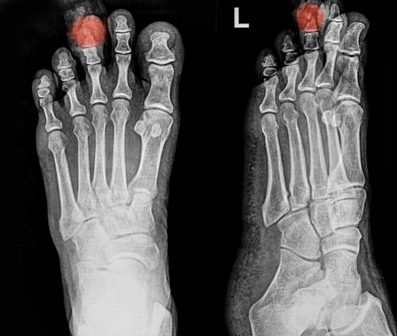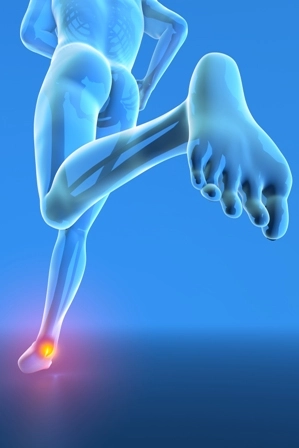Here Are Your Seventh Character Possibilities for Fracture Codes
You should notice that first code (M84.551A) mentioned in the article “2 Scenarios Untangle Your Pathologic/Traumatic Fracture Code Diagnoses” has a seventh character of A. In the second solution, code S82.852K has a seventh character of K. Do you know the difference? You need to be careful about your seventh characters.
In this pathological or stress fracture category (M84.3-M84.6), you have the following options:
For instance, you would use the seventh character A when the patient is receiving active treatment for the fracture. This includes surgical treatment, ED encounter, and treatment by a new physician.
You would use the seventh character D for when the patient has completed active treatment. Examples of subsequent treatment include cast change or removal, removal of external or internal fixation device, medication change, other follow-up visits.
Traumatic Fractures Seventh Characters Differ
Seventh characters assigned in this chapter are identified at the category level to indicate initial encounter, subsequent encounter, or sequela.
Fracture seventh characters are expanded to include:
Some fracture categories provide for seventh characters to designate the specific type of open fracture (these designations are based on the Gustilo open fracture classification):
Make certain that you know what seventh character to apply to your fracture care code.




